


Researchers at the Federal University of São Carlos in Brazil in partnership with University College London (UCL) in the UK analyzed data for 2,294 individuals aged 60 or more who were monitored for eight years. Results were published in the journal Age and Aging.

Many patients suffer from a significant decline in immunity lasting for years after they are discharged from hospital. In an article published in the journal Immunity, Brazilian researchers reveal why this happens.
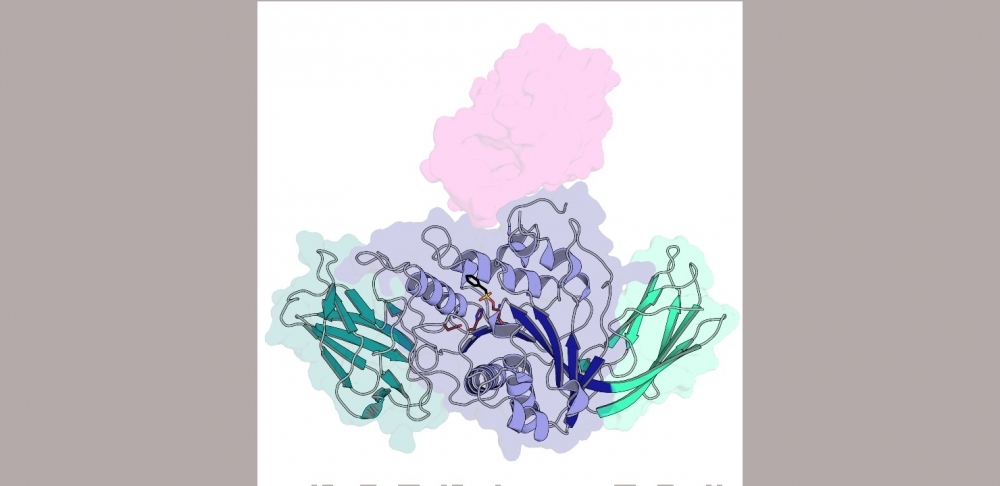
A study led by Brazilian scientists revealed the biological process used by Xanthomonas to weaken the defenses of plants and discovered a novel class of enzyme that can be used to obtain advanced sugars from agroindustrial waste.
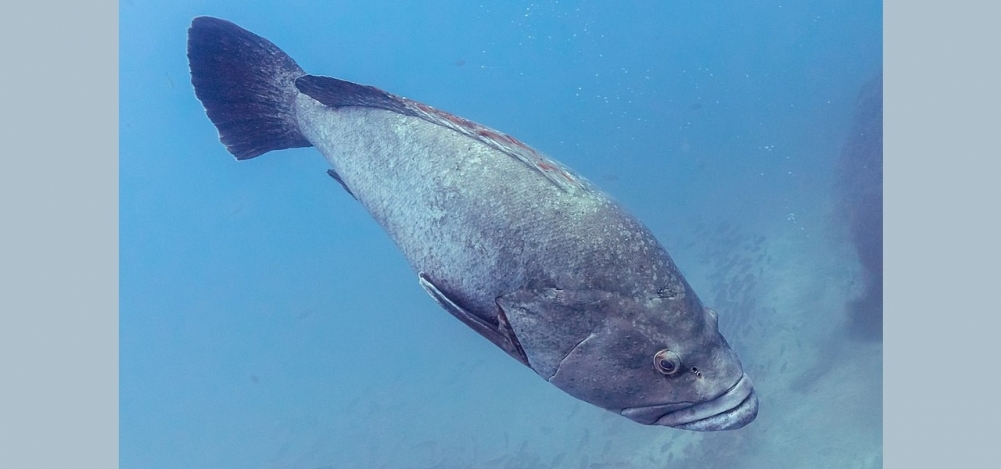
Analysis of fishery data and interviews with artisanal fishers confirmed replacement of large species by others that are less valuable commercially, and 37 species were considered overfished.
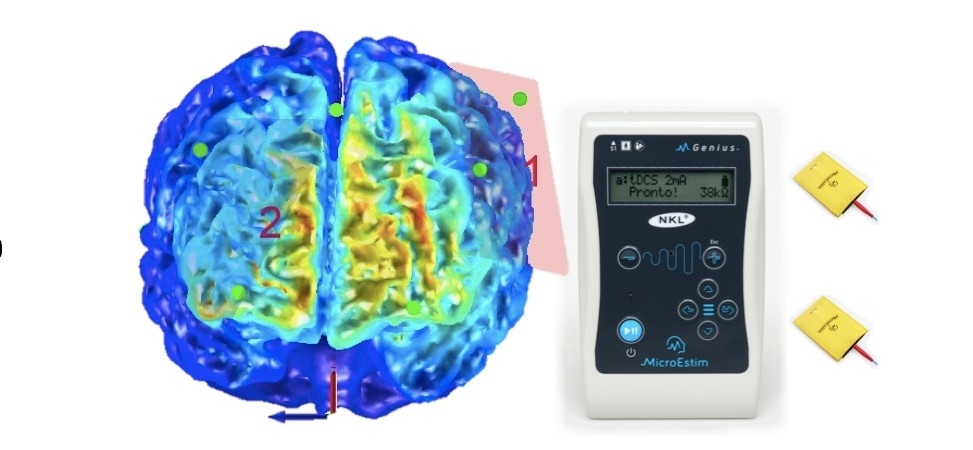
The result was obtained in a study of 20 volunteers by researchers at São Paulo State University. The treatment is painless and uses a weak current delivered by electrodes placed over specific brain regions.
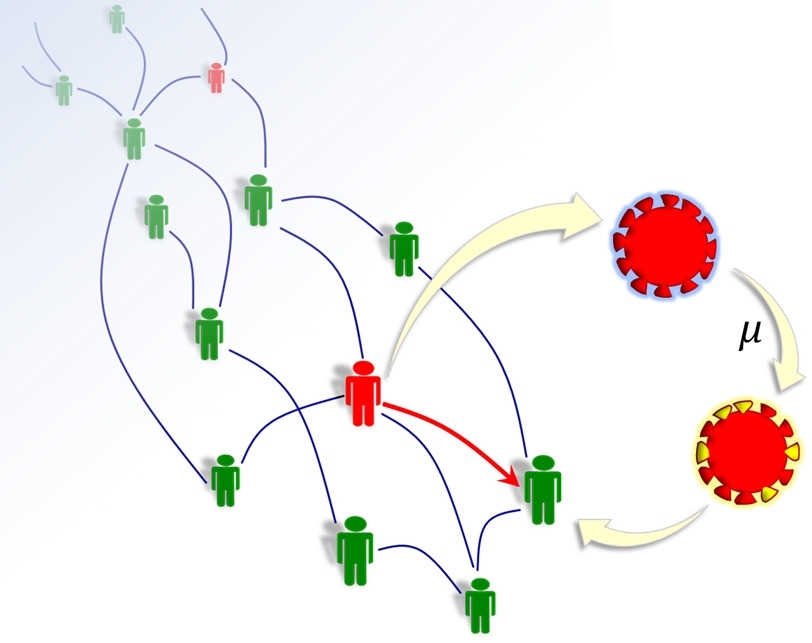
The study is published in PLOS ONE. Equations suggest viral population variability can be estimated on the basis of epidemiological data.
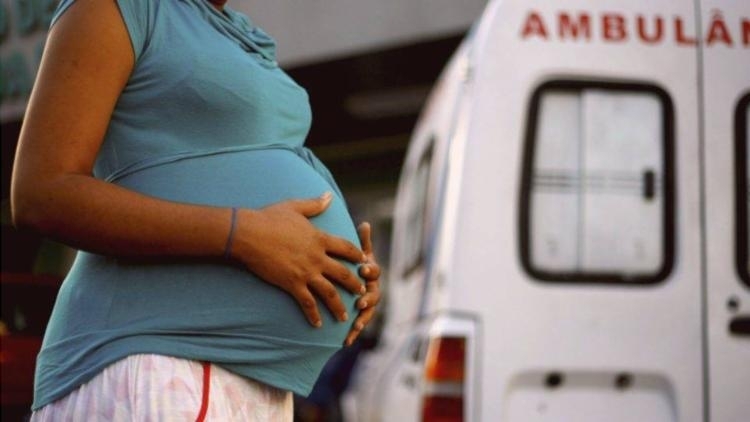
In a review of the scientific literature, researchers at the Federal University of São Paulo concluded that infection by SARS-CoV-2 during pregnancy can reduce the availability of ACE2, a protein that plays an important part in placental development, control of blood pressure, and the circulatory adaptations required for fetal development.

More than 1,000 Brazilian volunteers immunized with the CoronaVac vaccine were assessed by researchers at the University of São Paulo. Those who were active for at least 150 minutes per week without long sedentary periods produced more antibodies against SARS-CoV-2.

The platform is used by several hospitals, has more than 2,500 users, and performs 800 care processes per month on average.
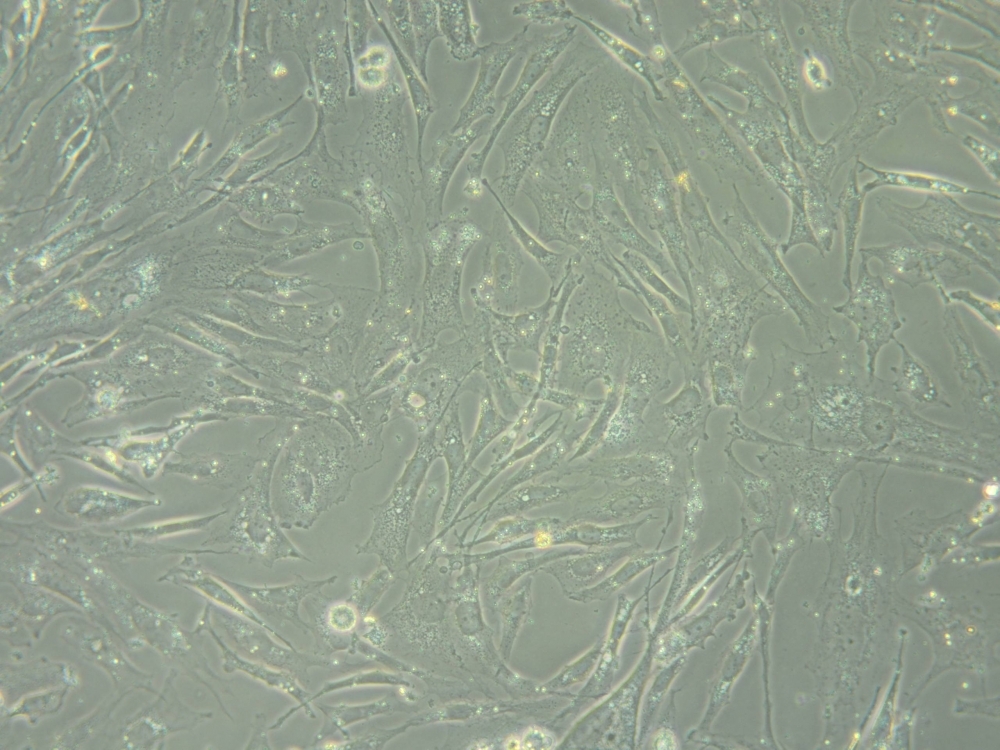
A study conducted by researchers at the Center for Cell-Based Therapy in São Paulo state, Brazil, identified a genetic signature that can be used to predict whether patients should be submitted to radiation therapy.
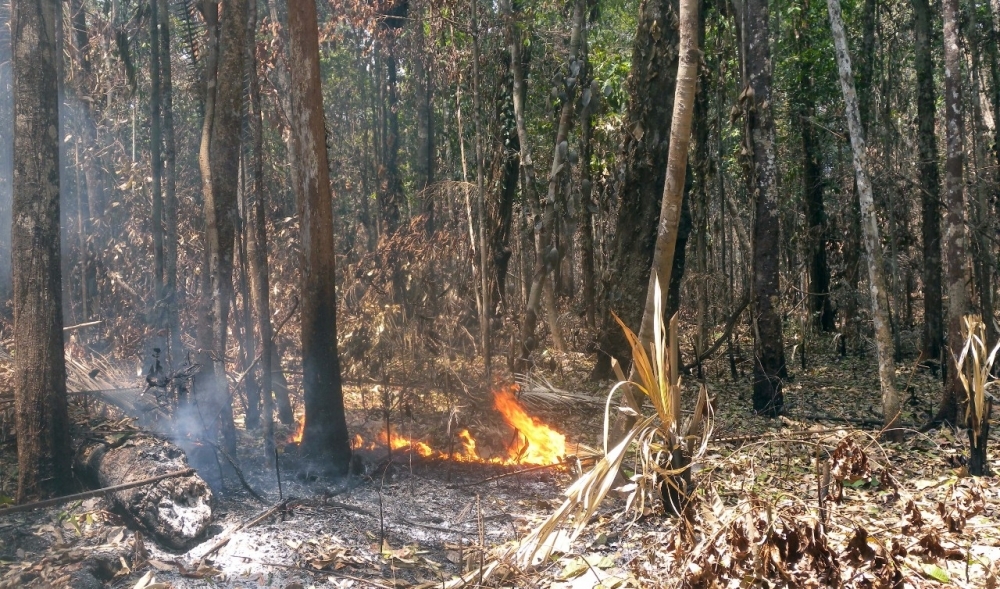
Based on data collected in the field, Brazilian researchers showed that small and medium trees suffer most in the first two years after a fire, but the overall impact on vegetation can last decades. Carbon stocks fall 12.8% in burned areas on average.
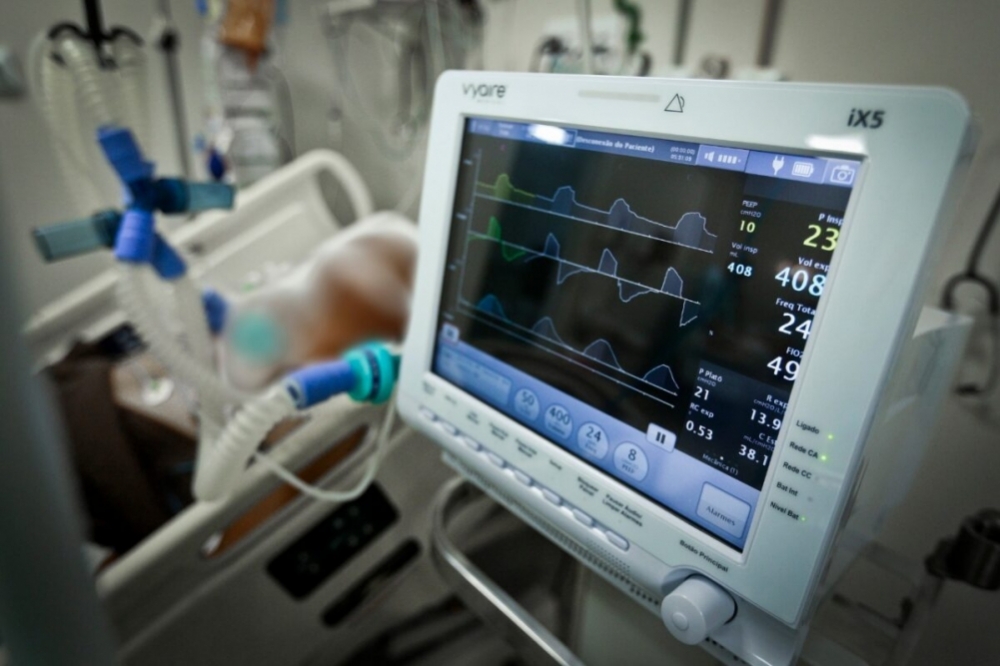
Correlating whole-genome sequencing with epidemiological data for the city of São José do Rio Preto in Brazil, researchers show that severe COVID-19 and deaths from the disease rose sharply when the variant became prevalent in the region. A two-week lockdown and vaccination of the elderly averted a collapse of the health system.
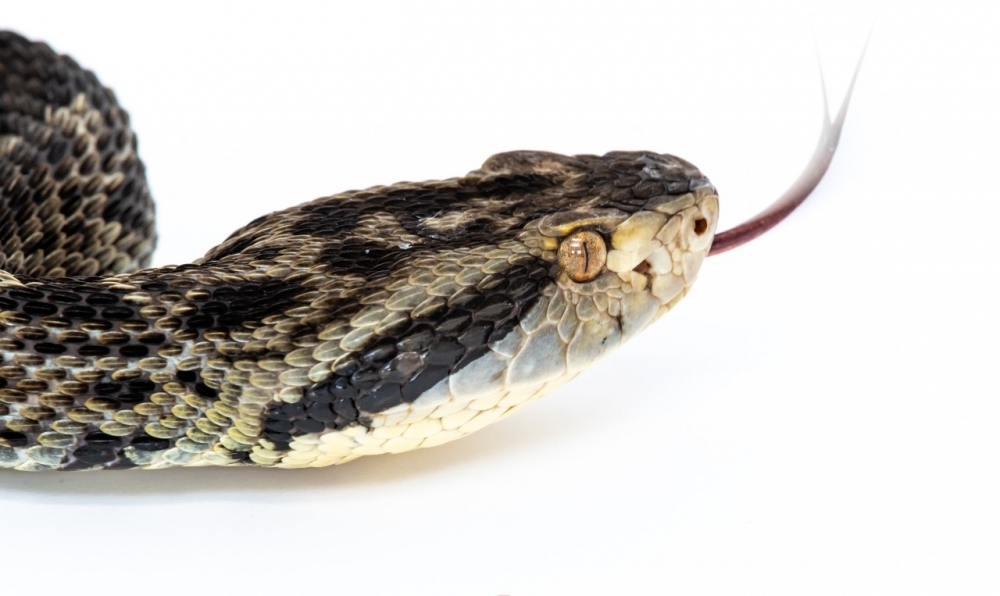
In an article published in PNAS, researchers affiliated with Butantan Institute describe the genome of Bothrops jararaca and suggest the origin of genes responsible for toxins in its venom.

An article in Trees - Structure and Function reports findings from an analysis of 7,000 tree falls in a three-year period. Stormy weather was the main cause during the rainy season.
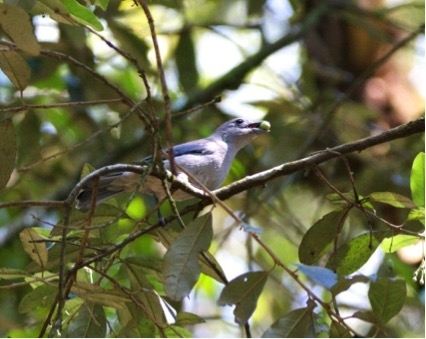
A study conducted at the University of São Paulo and published in Science correlates birds and plants in seed dispersal networks.

A study alerts to the conjunction between a climate change scenario and little inspection with the arrival of the dry season in the country, which favors large-scale fires – such as that which occurred in the Pantanal in 2020. To avoid further tragedies, researchers defend the implementation of a policy of integrated fire management.
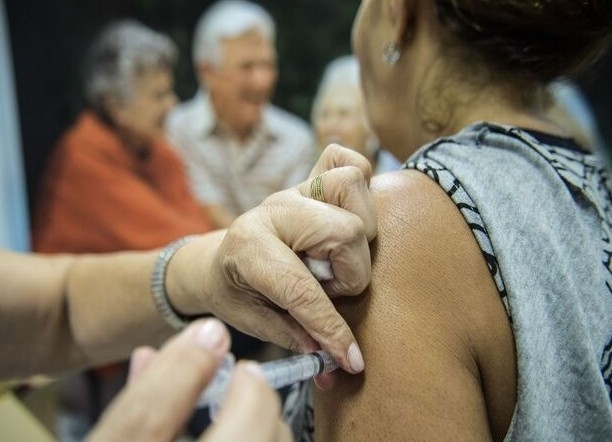
A study published in Nature Medicine evaluated individuals before and after taking CoronaVac. Based on the results, researchers at the University of São Paulo’s Medical School are testing novel strategies such as suspending treatment one or two weeks before vaccination.
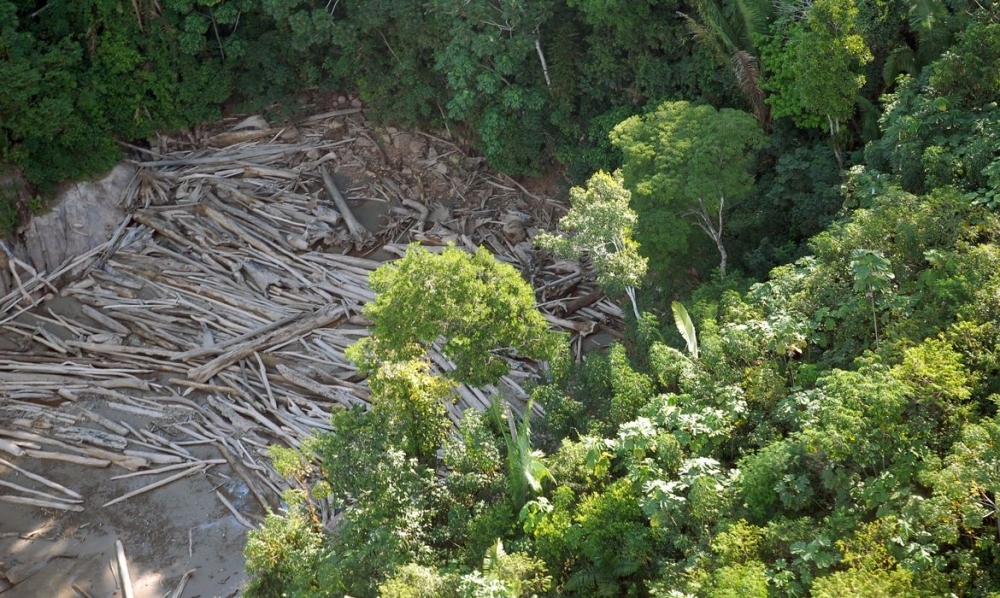
Researchers analyzed strategies for ecosystem conservation and rehabilitation of degraded areas in the second part of the FAPESP 60 Years Lectures.
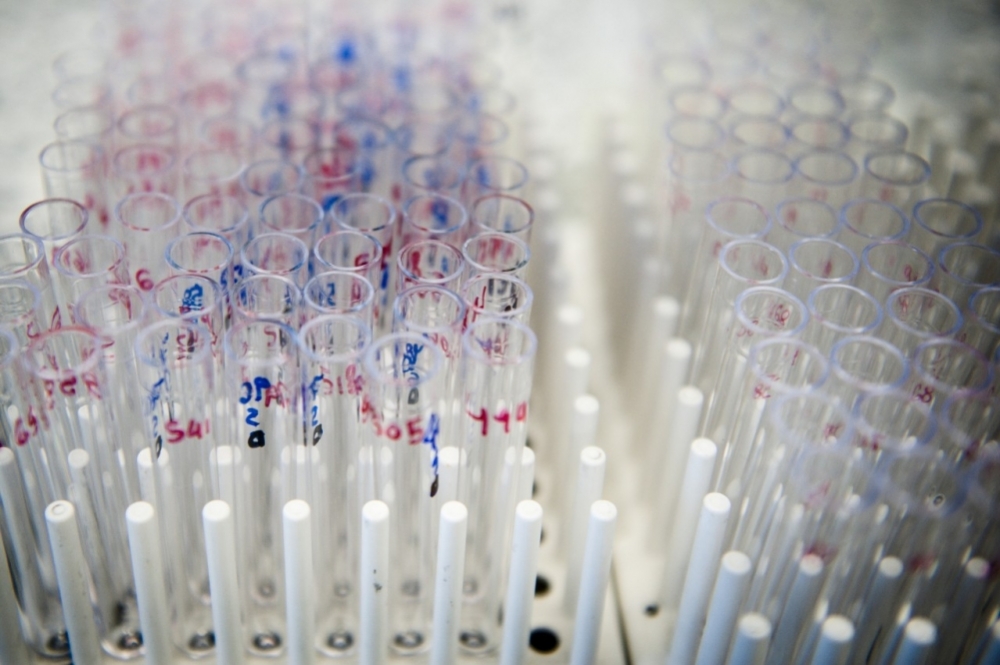
With FAPESP’s support, Cellco created a novel process to produce enzymes used in DNA manipulation in vitro, including cloning, sequencing and mutagenesis, among other techniques, with applications in medical diagnostics and forensic analysis based on genetic material.
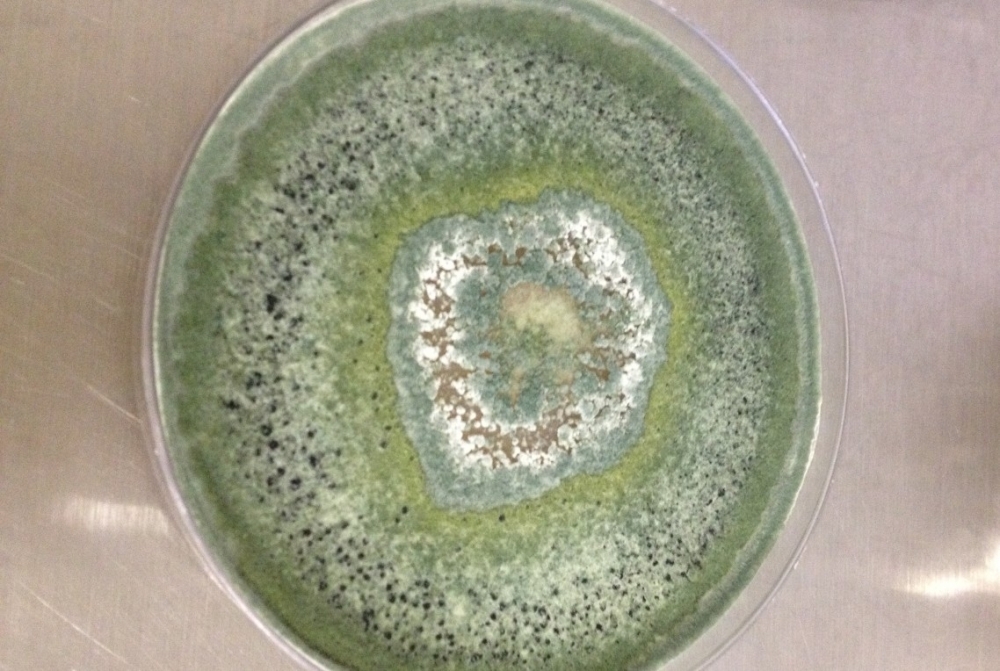
The molecule described by Brazilian researchers in the journal Scientific Reports acts on different sugars present in several sources of plant biomass, making it attractive to other industries as well.
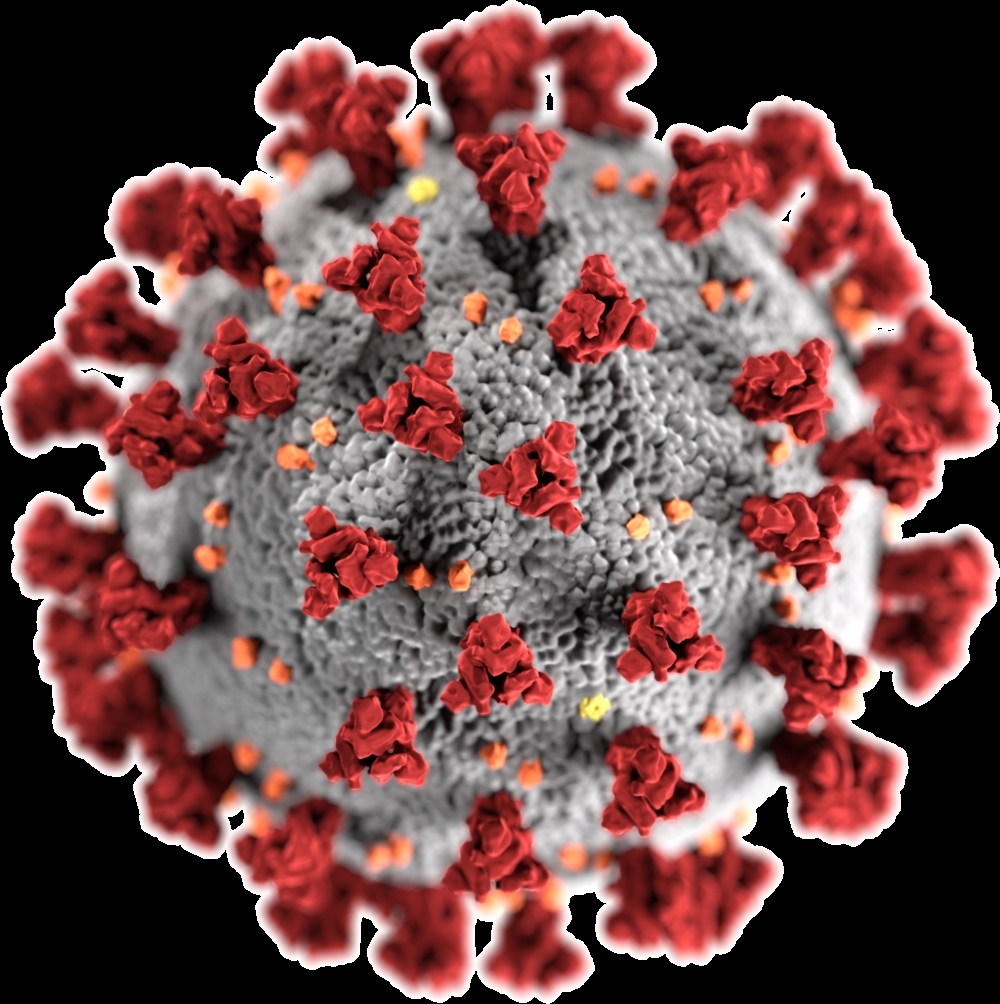
Outbreaks at two care homes in São Paulo state (Brazil) show that even people who have been vaccinated with one dose of the AstraZeneca vaccine or two doses of CoronaVac can transmit the virus. The cases were asymptomatic or mild and did not require hospitalization, but underscore the importance of rapidly vaccinating the entire population while continuing to require face coverings and social distancing even for those who have been vaccinated.
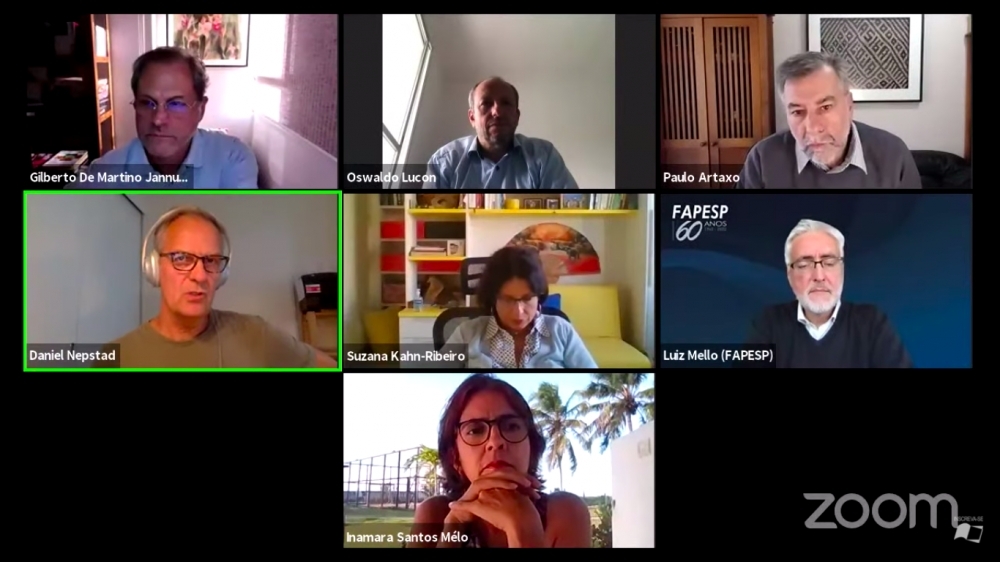
Action to reduce greenhouse gas emissions by subnational governments could help countries achieve their climate targets and contribute to the post-pandemic economic recovery, experts suggested at an event hosted by FAPESP.

A webinar held by FAPESP featured researchers from Brazil and Germany whose findings offer clues as to how SARS-CoV-2 invades the central nervous system and which cells are most affected.
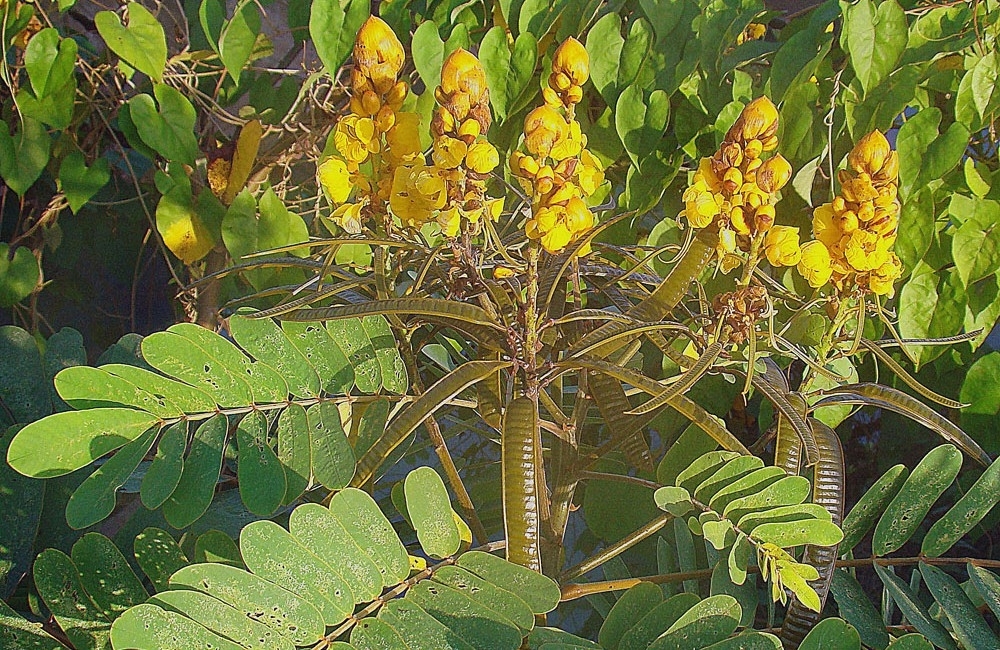
Two plants frequently found in the North of Brazil could become alternatives to sugarcane as raw materials for the production of second-generation ethanol and bioelectricity, according to studies by Brazilian researchers.
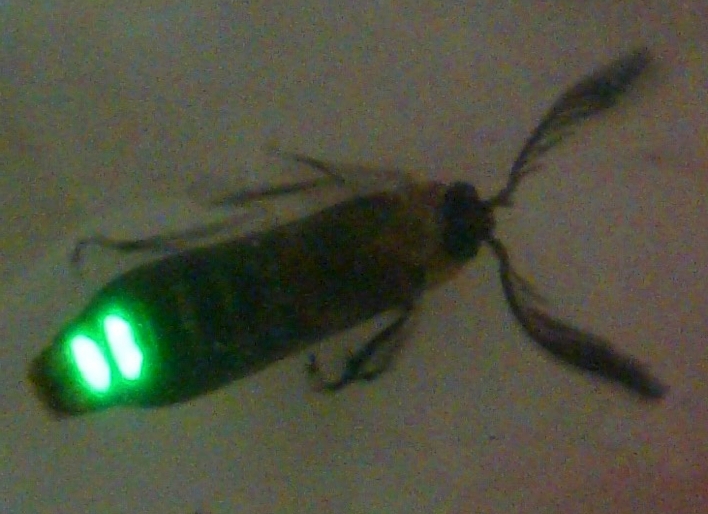
Brazilian researchers coupled the molecule with a protein that binds to SARS-CoV-2. The presence of antibodies against the virus in the sample is confirmed by light emission.